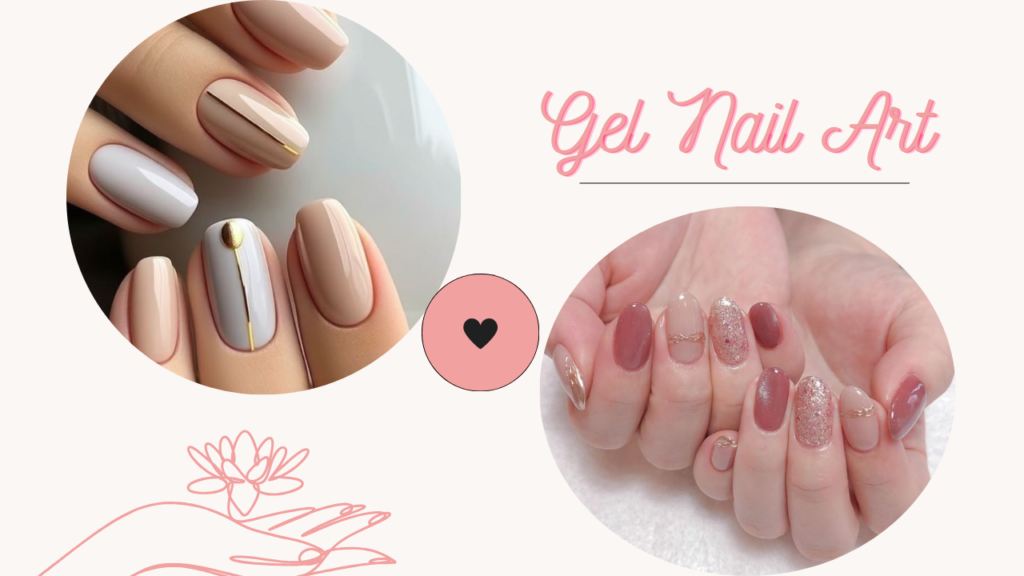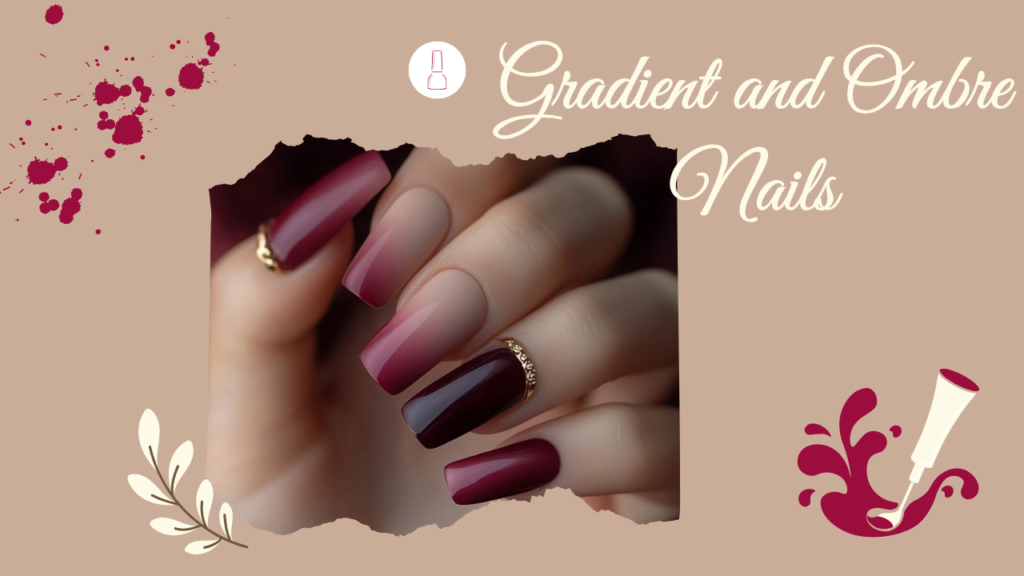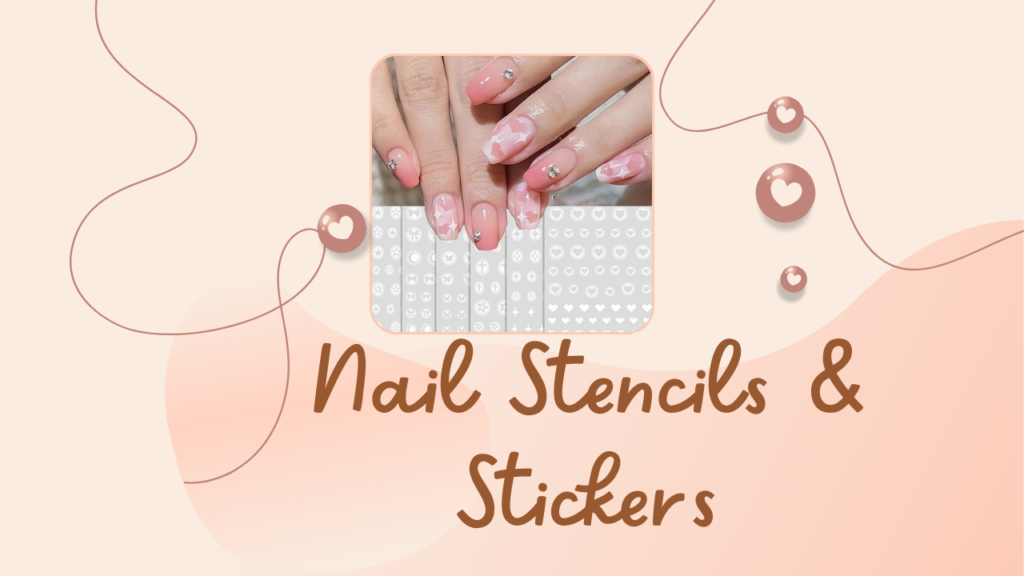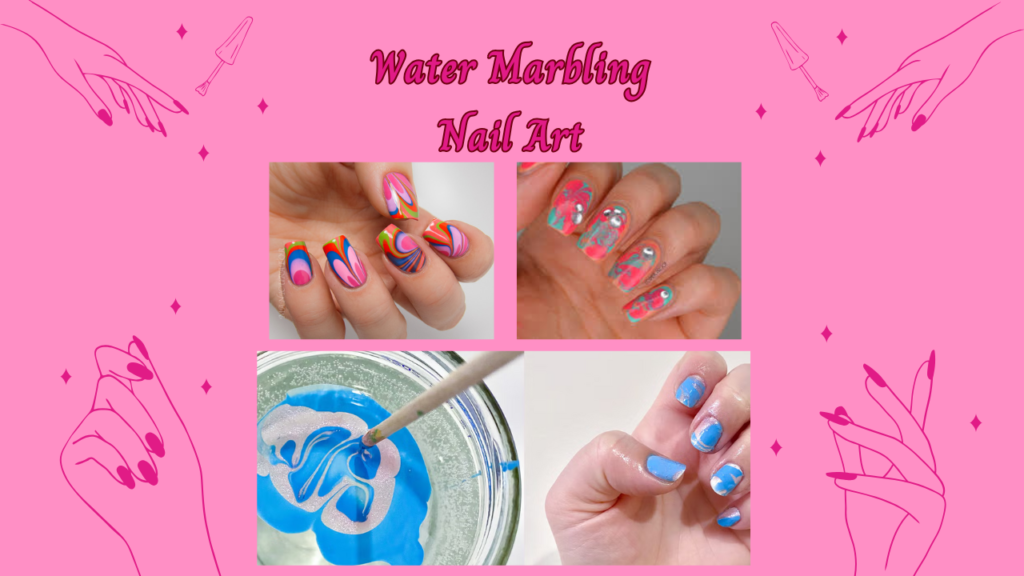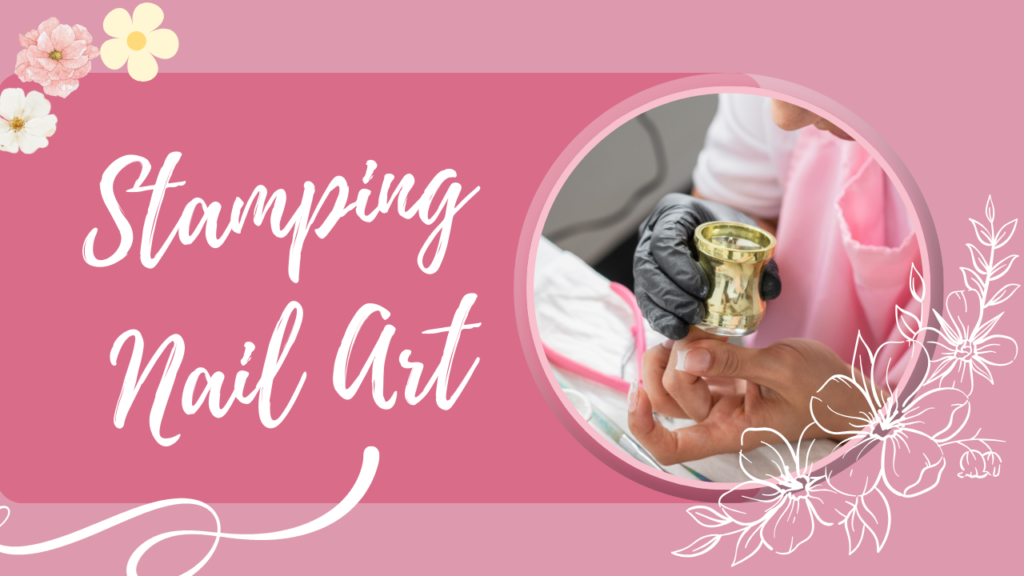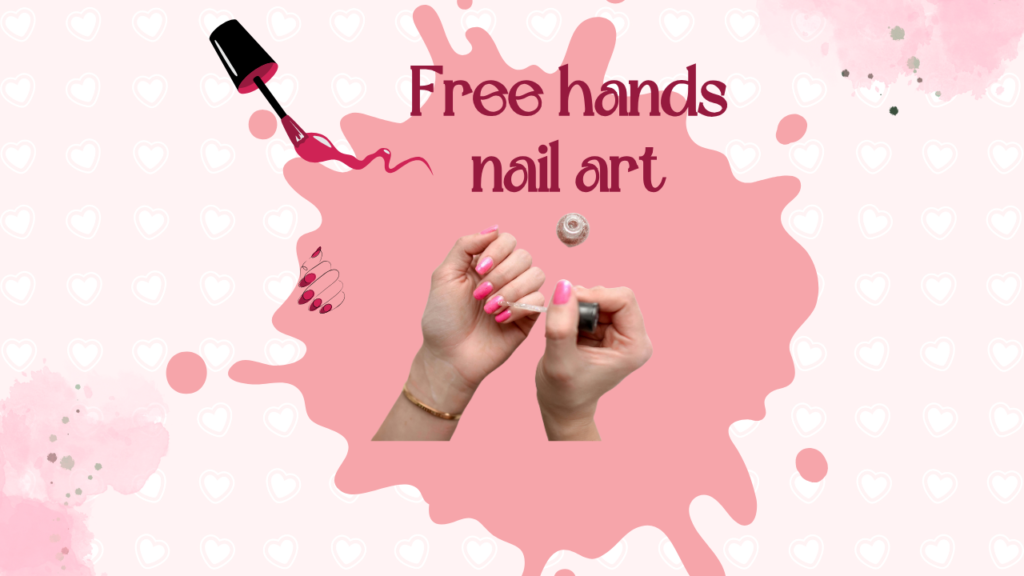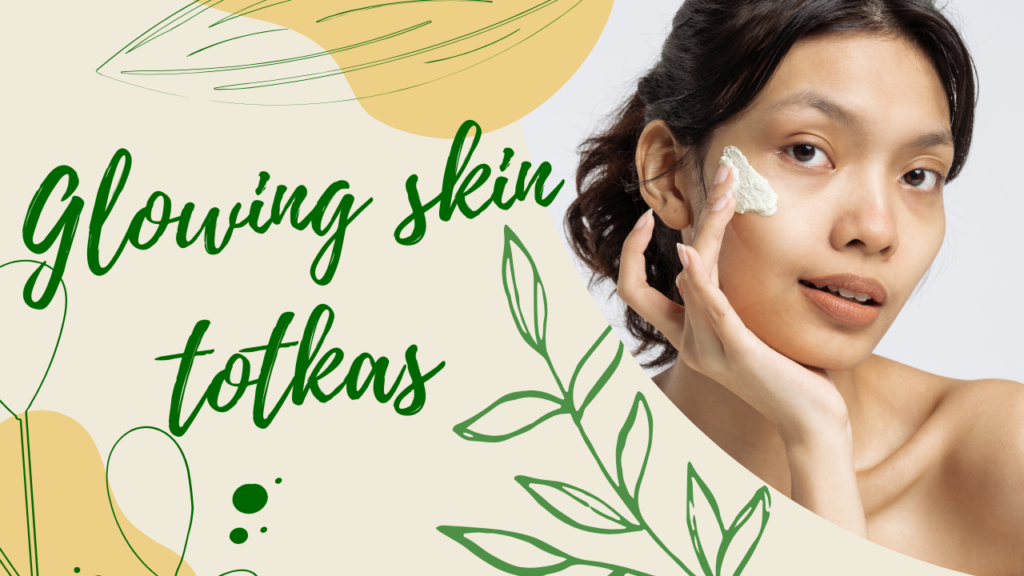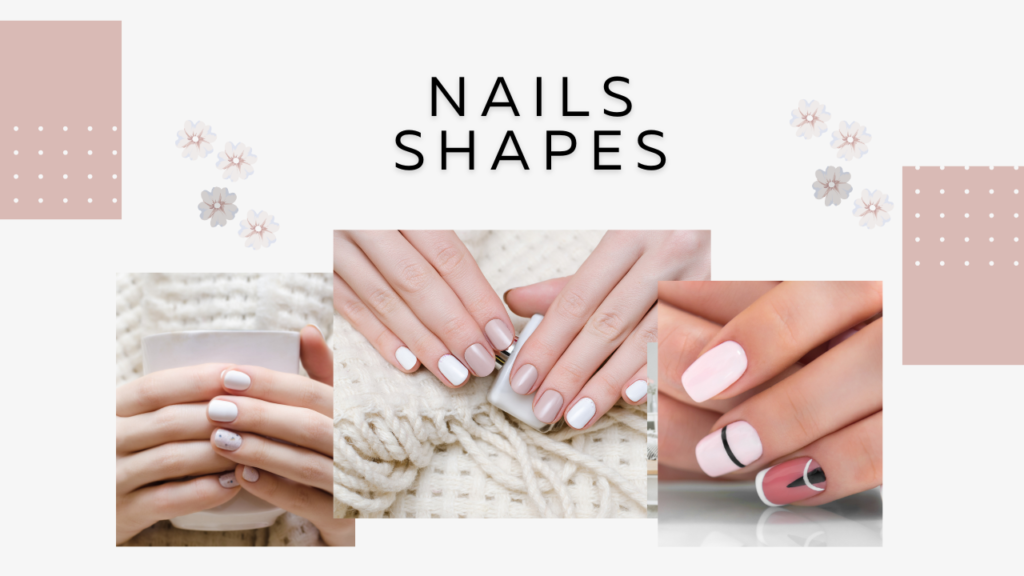Gel Nail Art: The Ultimate Guide to Long-Lasting Beauty
Gel nail art is one of the most popular and durable nail art techniques today. Known for its long-lasting finish and ability to create flawless designs, gel nails have revolutionized the world of nail art. Whether you’re looking for a classic, elegant design or something more intricate and creative, gel nail art offers endless possibilities. In this article, we will explore what gel nails are, the different types of gel nail art, and how to apply and maintain them for long-lasting results. What are Gel Nails? Gel nails are a type of artificial nail enhancement that uses a gel-based formula to create smooth, strong, and shiny nails. The gel is applied to the natural nail or artificial tips and is cured under a UV or LED lamp. Unlike regular nail polish, which dries naturally, gel nails need to be hardened under a light to set the gel, giving them a more durable and glossy finish. There are several types of gel nails, including soft gel, hard gel, and gel polish, each with its own unique properties and application techniques. Types of Gel Nails 1. Gel Polish: This is the most common form of gel nails. Gel polish is similar to regular nail polish, but it’s made from gel, giving it a longer-lasting finish. It’s easy to apply and is usually used for regular manicures, providing a glossy and durable finish that can last up to two weeks without chipping. 2. Hard Gel Nails: Hard gel nails are used to extend the natural nails and are applied over tips or forms to create length. They are thick, strong, and can be molded into various shapes, offering a more sturdy and long-lasting result. 3. Soft Gel Nails: Soft gels are more flexible and are used for creating intricate designs and artwork. They are less rigid than hard gels, which makes them easier to work with when designing nail art. Benefits of Gel Nail Art Durability: One of the biggest advantages of gel nails is their long-lasting durability. Unlike traditional nail polish, gel nails can last anywhere from two to three weeks without chipping or fading. Shine and Gloss: Gel nails have an incredibly glossy finish that stays intact throughout the duration of wear, giving your nails a polished, high-end look. Strength: Gel nails provide additional strength and protection for natural nails, preventing them from breaking or chipping easily. Quick Drying: The gel formula requires curing under UV or LED light, making the drying process faster than traditional nail polish. No more worrying about smudging your nails while waiting for them to dry. Versatility: Gel nails are perfect for all kinds of nail art, from simple designs to more intricate and creative patterns. The smooth surface of the gel makes it easier to work with when creating nail art designs. How to Apply Gel Nail Art Step 1: Prepare Your Nails Before applying gel polish, it’s essential to prepare your nails properly. Start by cleaning your nails, removing any old polish, and filing your nails to the desired shape. Push back your cuticles and ensure your nails are free of oils and dirt. Step 2: Apply a Base Coat Apply a thin layer of gel base coat to your nails and cure it under a UV or LED lamp. The base coat helps the gel polish adhere to the nails better and provides a smooth surface. Step 3: Apply Gel Polish Apply a thin layer of your chosen gel polish color to your nails. Be sure to cover the entire nail surface and avoid the cuticle area. Cure the polish under the UV or LED lamp for the recommended time (usually 30-60 seconds). Step 4: Apply Additional Layers Depending on the opacity of the gel polish, you may need to apply a second or third layer. Be sure to cure each layer under the light before applying the next one. Step 5: Apply a Top Coat Once you’ve achieved the desired color and design, apply a top coat to seal in the gel polish. This layer adds extra shine and durability to your gel nails. Cure the top coat under the lamp. Step 6: Cleanse and Finish After curing the final layer, your nails may have a sticky residue. Use a nail cleanser or alcohol wipe to remove this tacky layer. Your nails are now ready for a flawless, long-lasting finish! Gel Nail Art Designs The versatility of gel nails allows for endless nail art possibilities. Some popular gel nail art designs include: French Manicure: A classic and timeless look that can be easily created with gel polish. The clean, white tips and natural base create an elegant and polished appearance. Ombre Nails: Blend two or more colors seamlessly for a soft gradient effect. Ombre nails are perfect for gel nail art because the smooth texture of the gel polish helps to create the perfect blend. Geometric Designs: Create bold lines, triangles, and other geometric shapes with gel nail art. The smooth surface of gel nails makes it easier to draw precise and sharp shapes. Floral Patterns: Use gel polish to create intricate floral designs on your nails. Gel polish is perfect for delicate artwork like flowers, as the gel holds the design in place for longer. Glitter Nails: Add some sparkle to your nails with gel glitter designs. Gel polish allows you to create glittery nail art that lasts for weeks without fading or chipping. Maintaining Gel Nail Art While gel nails are known for their durability, proper maintenance is key to ensuring they last as long as possible: 1. Avoid Harsh Chemicals: Try to avoid exposing your gel nails to harsh chemicals or cleaning products, as they can weaken the gel and cause it to lift. 2. Moisturize Your Cuticles: Keep your cuticles and nails moisturized to prevent dryness or damage. This will also help maintain the health of your natural nails. 3. Avoid Biting Your Nails: Biting your nails can cause the gel to crack or chip. Be mindful

